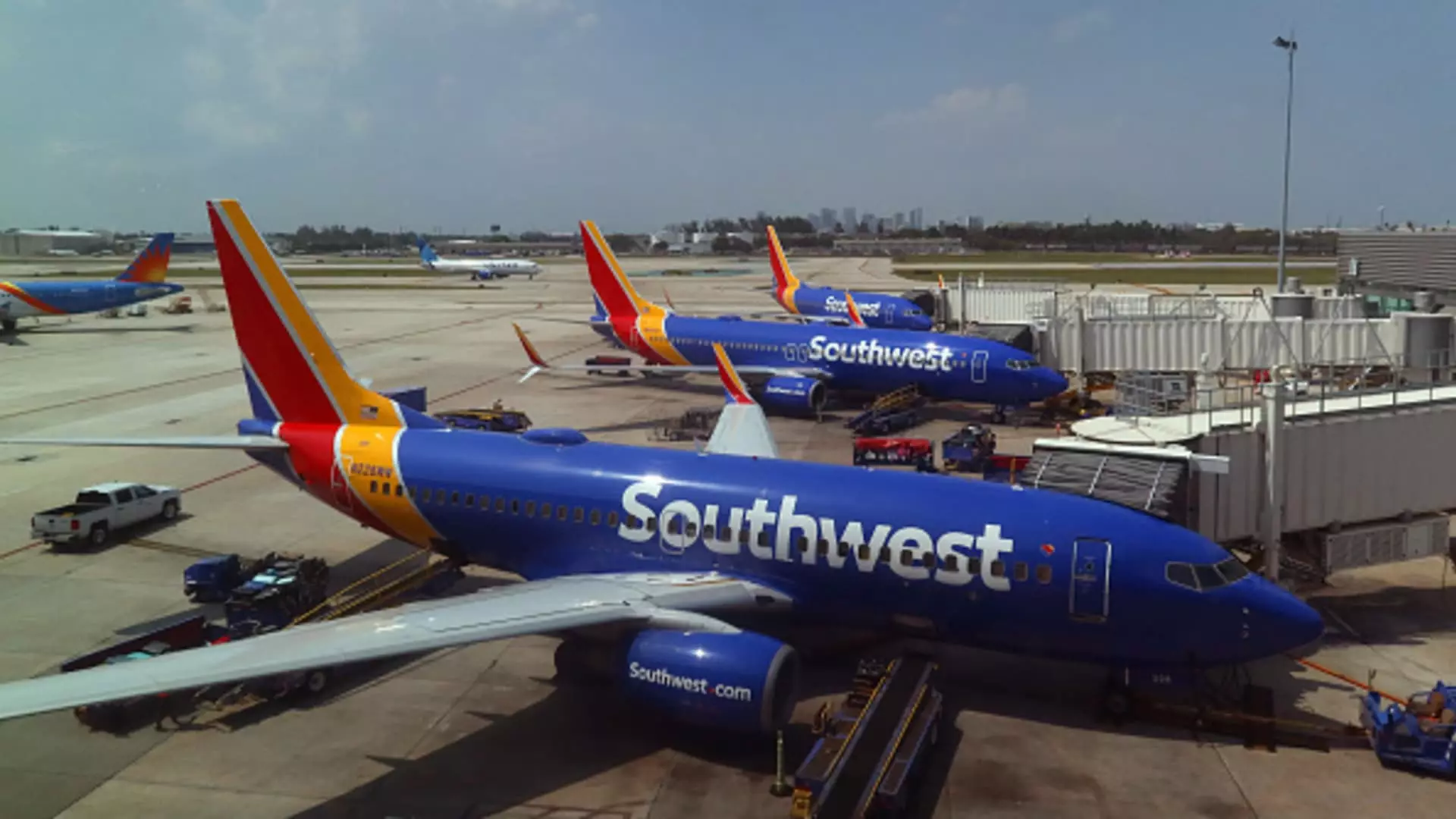Southwest Airlines recently announced a potential drop in unit revenue for the third quarter due to an oversupplied U.S. market. This oversupply has forced airlines to discount tickets during what is typically the most lucrative period of the year. The airline forecasts that unit revenue for the current quarter could decrease by as much as 2% compared to last year, while non-fuel costs could rise by as much as 13%. These factors have led to higher costs that are expected to weigh on the airline through the end of 2024.
In the second quarter, Southwest Airlines reported revenue of $7.35 billion, a record high, representing a 4.5% increase from the previous year. However, despite the increase in revenue, the airline’s profit dropped by over 46% to $367 million, or 58 cents a share. Revenue per available seat mile, a key measure of airline pricing power, fell by 3.8%, aligning with the airline’s reduced forecast from the previous month. Adjusted per-share earnings of 58 cents exceeded analysts’ expectations. CEO Bob Jordan acknowledged that the second quarter performance fell short of the airline’s potential due to a combination of external and internal factors.
Southwest Airlines revealed that it is in discussions with Boeing regarding compensation as the aircraft manufacturer struggles to deliver planes on time. Boeing, the sole supplier of airplanes for Southwest, has faced safety and manufacturing crises that have impacted delivery schedules. The airline now expects to receive only 20 deliveries from Boeing this year, a significant reduction from its initial forecast. As a result, Southwest is under pressure from investors, including Elliott Investment Management, which recently disclosed a nearly $2 billion stake in the carrier and called for a leadership change.
Strategic Changes
To address the revenue challenges and implement long-term growth initiatives, Southwest Airlines announced significant changes to its business model. The airline will eliminate its open seating plan and introduce assigned seating on some Boeing aircraft, including seats with extra legroom. Additionally, Southwest plans to expand its offerings with overnight flights, marking the most substantial changes to its operations in over five decades of flying. These changes aim to align Southwest more closely with its network carrier competitors and drive top and bottom-line growth.
Market Expectations
Southwest’s announcement comes amid expectations from competitors like Delta Air Lines and United Airlines, who anticipate a moderation in U.S. capacity starting next month. This shift in capacity could lead to higher fares, benefiting airlines that are able to adjust their strategies to meet changing market conditions. As Southwest navigates these challenges and implements transformational initiatives, the airline remains focused on driving revenue growth and enhancing the overall customer experience.
Southwest Airlines faces significant headwinds in the form of oversupply, rising costs, and delivery challenges from its aircraft manufacturer. The airline’s financial performance in the second quarter fell short of expectations, prompting strategic changes to drive revenue growth and improve profitability. As Southwest enters a period of transformation, the airline aims to overcome near-term challenges and position itself for long-term success in a competitive aviation market.


Leave a Reply